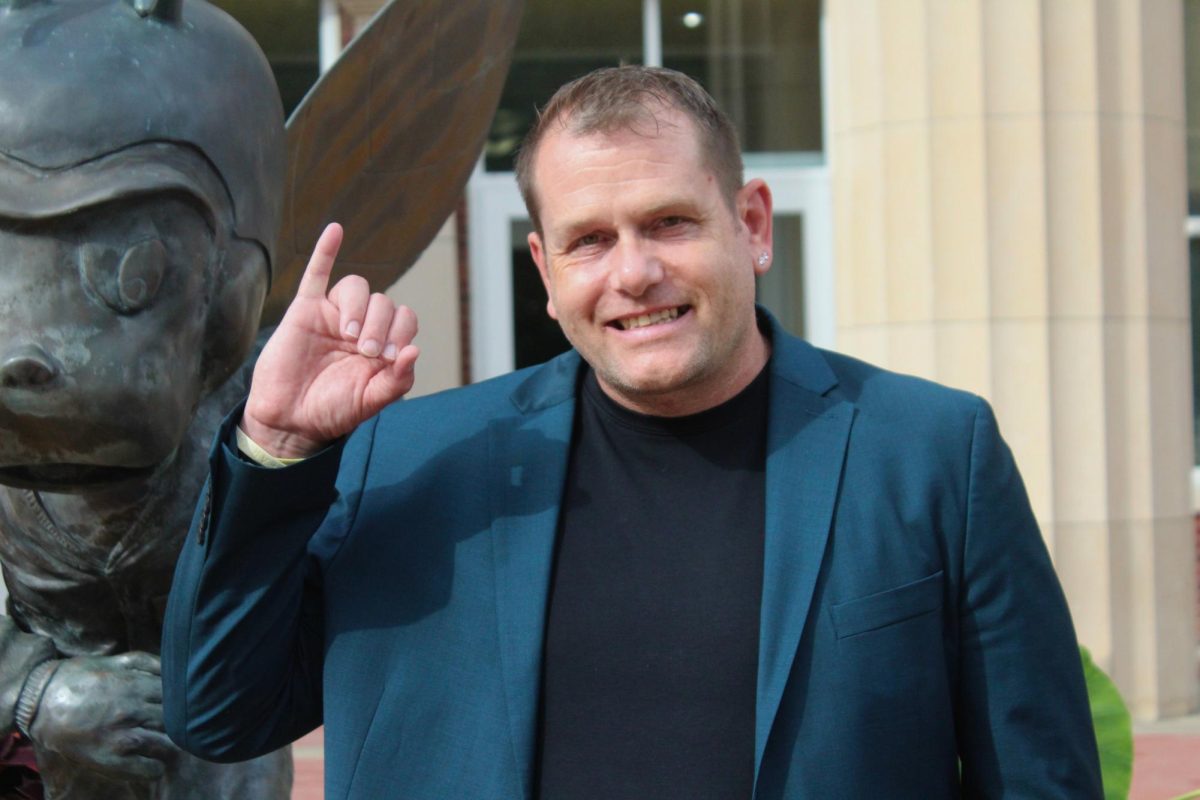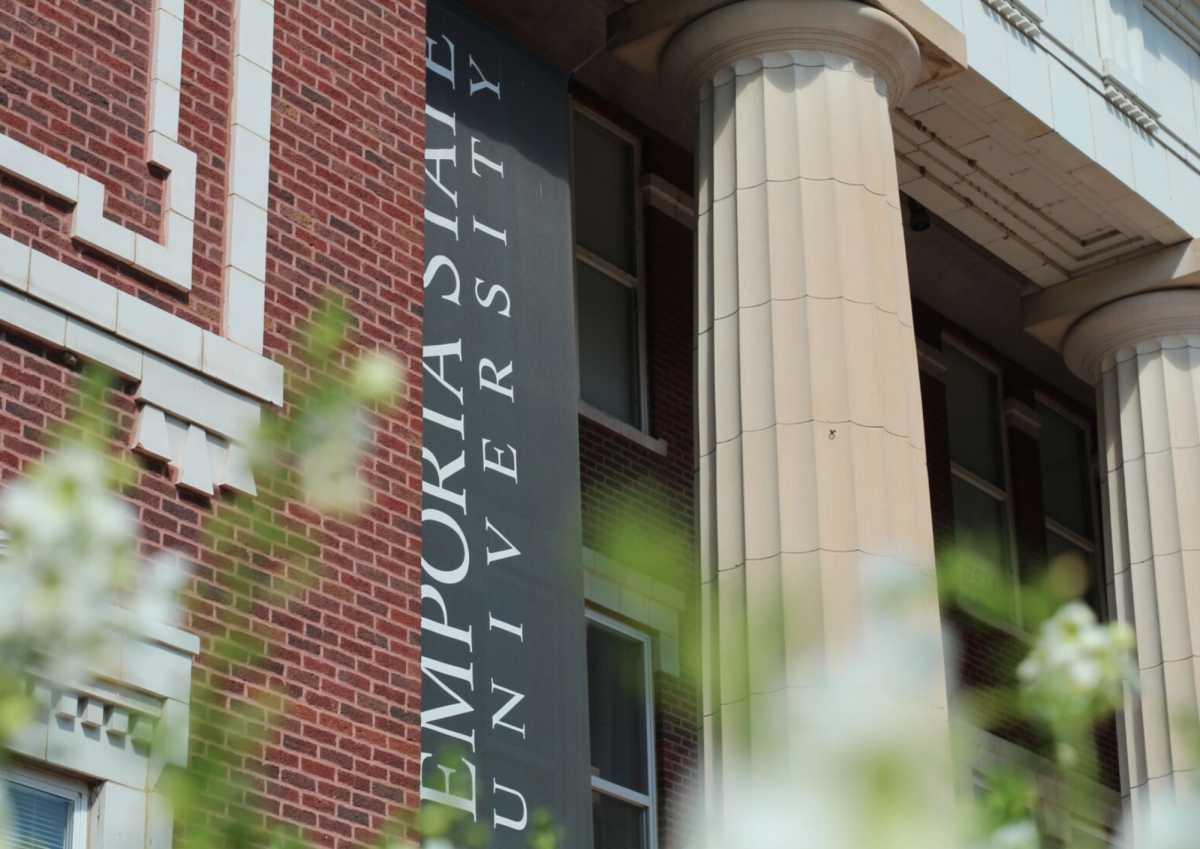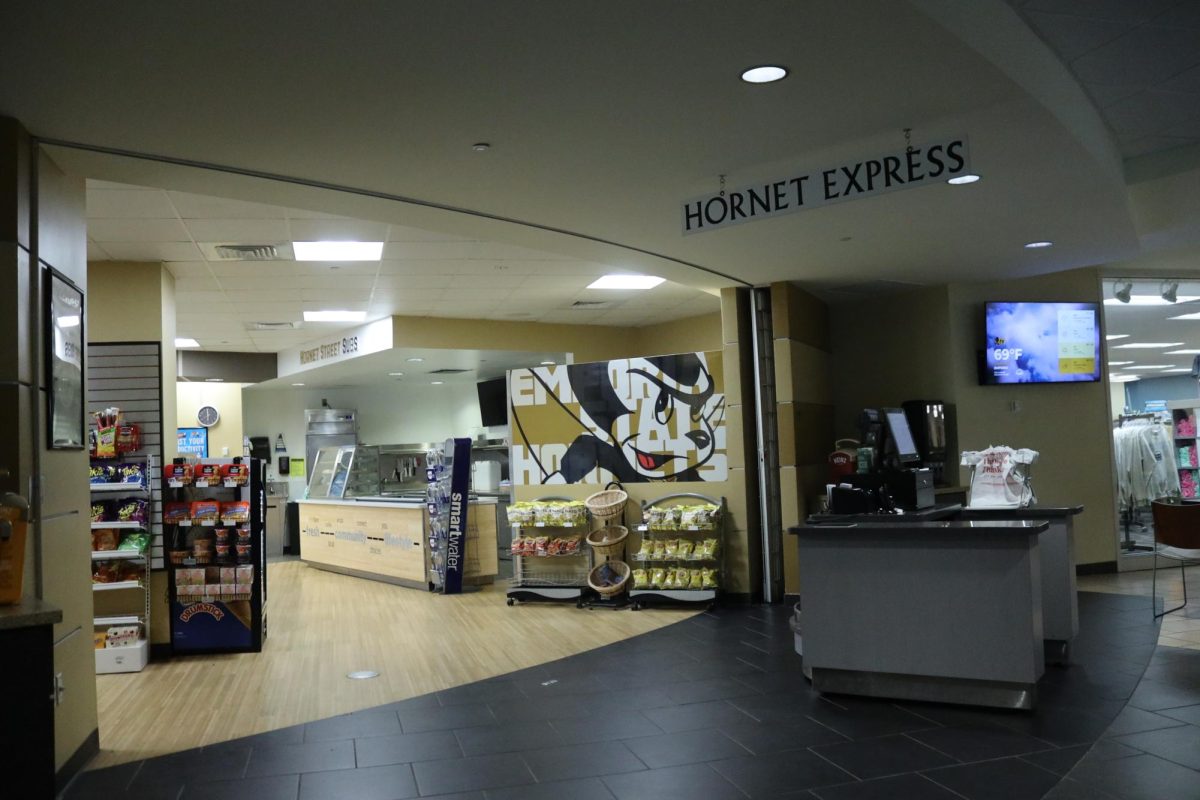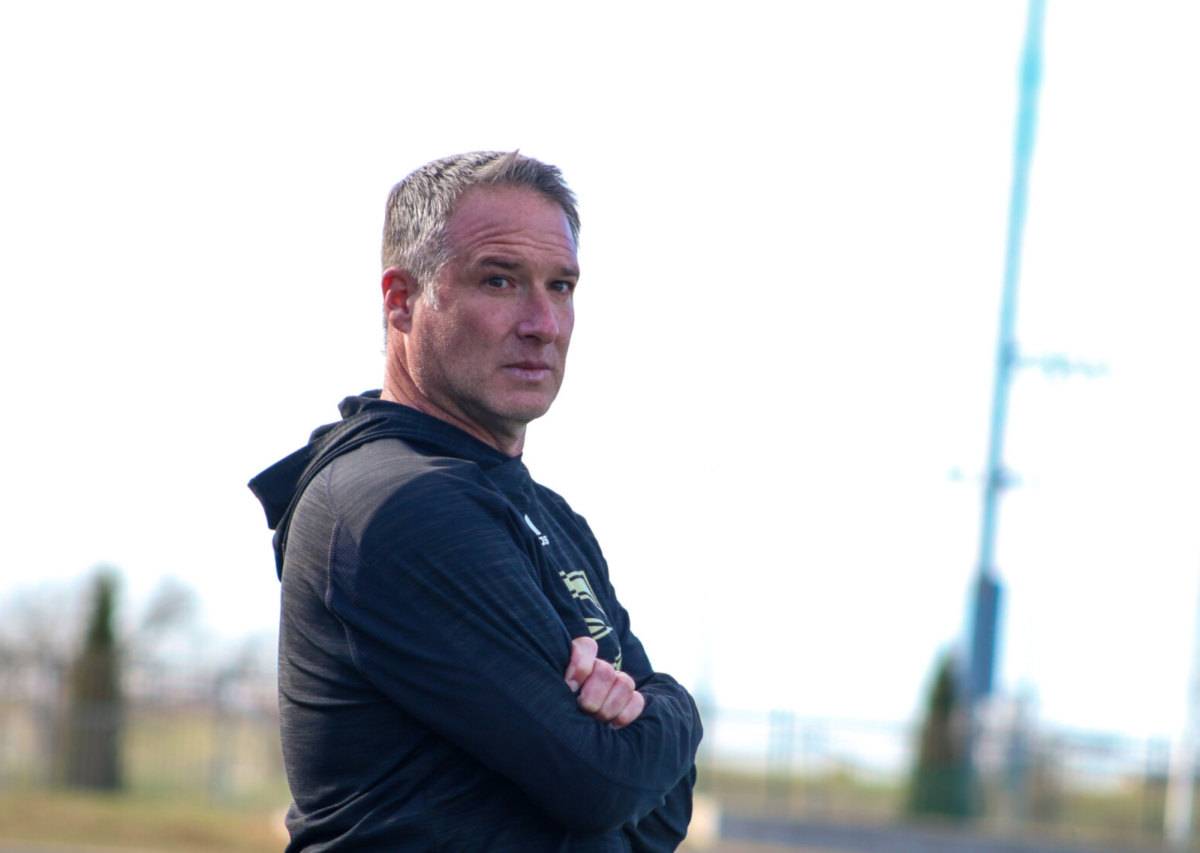On Monday, Feb. 17, Emporia State students and faculty simultaneously received messages from their phones, emails and classroom devices notifying them that all classes and activities for the next day had been cancelled due to inclement weather conditions. A similar message was sent the next day, cancelling Wednesday’s classes and activities. All activities before 11 a.m. on Thursday were later cancelled.
According to the Provost Brent Thomas, decisions to cancel school and shut down the University are quite complex.
University President Ken Hush delegates the authority to decide on activity cancellations to the provost. Although Thomas has the sole authority to determine whether or not the University is shut down, the thoughts of a variety of University faculty and off-campus sources inform his decision.
The provost and his office watch reports and forecasts for potential weather events throughout the school year. As the likelihood grows that an event is on its way to Emporia, a group of University staff responsible for ensuring community safety during such events begin contacting and meeting with each other, delineating information and negotiating potential next steps. This group includes authorities from a range of campus safety resources, including facilities, building services and police and safety, among others.
As inclement weather approaches, another group member, ESU Emergency Manager Jennifer Millbern, will periodically send updates on the severity and probability of incoming weather events to the team. When the provost decides that the conditions outside are not conducive to a day in class, the team quickly updates students and faculty using the campuswide messaging system and alerts media outlets, including KVOE and the Emporia Gazette.
One of the provost’s first considerations is the level of confidence that the weather event will approach Emporia and the confidence in its severity. Thomas says that speed is key, and the quicker decisions can be made, the further ahead students and staff can plan. Based on the weather reports for the week of Feb. 17, the team was very confident that the storm would hit, and it would hit hard.
“There’s some debate on, you know, is it going to end up maybe with four inches? Is it going to end up with 12 inches, 11 inches? You know, something in here,” said Thomas. “But it really didn’t matter the volume, even on the low end, it was going to be large.”
While the University manages the condition of roads and sidewalks, the provost also considers the ability of university facilities employees to safely and efficiently manage parking lots and sidewalks during weather events. Thomas said that on Monday night and early Tuesday, when the snowfall was heavy and continuous, clearing parking lots of snow would be “fighting a losing battle” and that the lots would be quickly refilled by the snowfall.
By the time the snow stopped and the lots appeared to be manageable, the extreme wind chill prevented University employees from sufficiently clearing the snow by Thursday morning.
“Remember, these are our people out here,” said Thomas. “These are our crews that are going to be out there. And when you get the wind chills that are like negative 20s, negative 27 I think at one point, you can have frostbite within 20 minutes and in that kind of conditions.”
Thomas also coordinates with educational authorities in local schools, including the superintendent of USD 253 and the president of Flint Hills Technical College. The decision of each individual school to close is influenced by the challenges faced by different types of schools.
Unlike other schools in the area, Thomas said, Emporia State does not need to be concerned with school buses being sent to the remote areas in Lyon County. However, when USD 253 closed on Thursday and ESU started its activities late, University officials understood certain faculty and students with children attending local schools may have difficulty finding childcare on short notice. In response, the provost’s office sent a message to university supervisors and directors asking for flexibility with students and staff as they made their way to campus.
“That’s why it’s important for me to know what (local schools are) doing,” Thomas said, “and for them to know what we’re doing and have some level of discussion and coordination, so that if we’re going to come to different conclusions, that we can do our best to plan around that.”
Public school districts have an established number of “snow days” before the schools are required to take an extra class day at the end of the year to make up for lost instructional time. ESU does not have an allotted number of snow days, and Thomas does not believe that the school has had to make up days in years past. He does believe that the post-COVID use of technological communication might make such a process much easier to facilitate, if it ever became necessary.
He spoke to the complexity of making school closure decisions:
“It can be a difficult thing to, you know, to decide at times, because predicting the future is impossible for any of us,” said Thomas. “If you cancel, there’s going to be people happy and upset, and if you don’t cancel, there’s going to be people happy and upset. But, I think the idea is to just do the best we can with the information we have and keep the safety of our faculty, staff and students as, I guess, the top priority in our decision making.”





